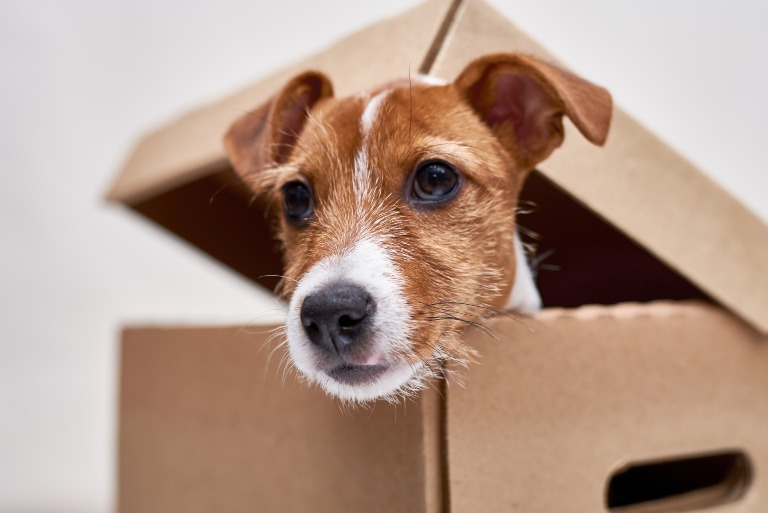Getting Ready to Move with Pets
One of the most important steps in preparing for your move is making sure that all of your pet’s paperwork is up-to-date and ready to go. This includes making sure that their vaccinations are current and that they have an ID tag on their collar (which should include your new address). Additionally, it’s important to make sure that they have a comfortable carrier or crate while they’re traveling. This will not only help them feel more secure, but it will also keep them safe during transit.
It’s also important to research any local regulations regarding pets at your new location. Different cities may have different requirements regarding licensing, immunizations, and even breed restrictions, so it pays to do some research beforehand so you don’t run into any unexpected surprises once you arrive at your destination. For example, if you are moving to the city of Dallas, they have pet laws related to vaccination, microchipping, and neutering/spading pets.
On Moving Day
On moving day, try to keep your pet as calm and relaxed as possible. If you can, bring someone along who can look after them while you take care of business—this will help ensure that nothing happens to them while everyone else is busy loading boxes onto the truck or dealing with last-minute details. You may want to consider having a friend or family member take care of them for the day if possible; this will help minimize distractions and keep them safe from any potential hazards associated with moving day chaos. Be sure to pack plenty of treats and toys for Fido – familiar items will help him stay calm during long car rides or periods of downtime during transit.
After You Arrive at Your New Home
Once you arrive at your new home, give your pet time to explore his surroundings without too much interference on your part – let him sniff around and get used to his new environment before introducing him around the neighborhood or taking him on walks outside the house. Also, be aware that changes in temperature or humidity could affect him; if he shows signs of discomfort (such as excessive panting) be sure to check his temperature regularly until he has had time to adjust. Finally, since cats tend to hide when feeling scared or uncomfortable, it may be helpful to leave out food dishes in different areas so she knows where her usual spots are located within her new environment.
Key Take-Aways
Moving with pets can be stressful but doesn’t have to be overwhelming! Taking extra precautions like researching local regulations ahead of time, keeping their paperwork up-to-date, providing familiar items like treats and toys during transit, and giving them space once arriving at the new location – these simple steps can make all the difference in helping make moving with pets a smoother transition both for yourself and for Fido/Fluffy! With just a bit of extra planning and preparation, everyone can settle into their new home comfortably and safely – happy moving!




